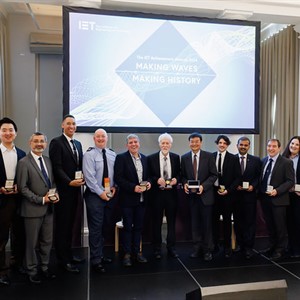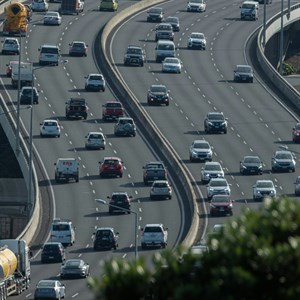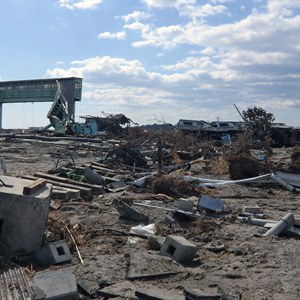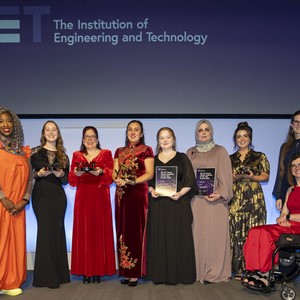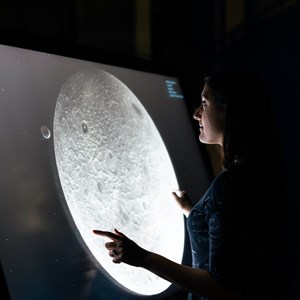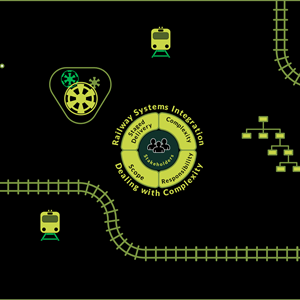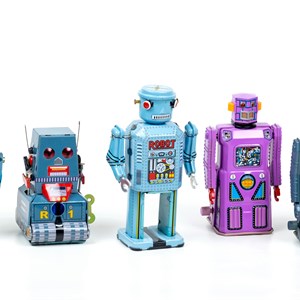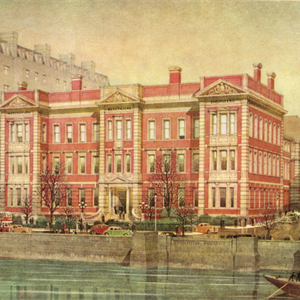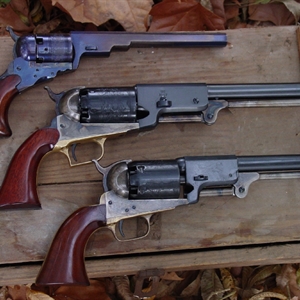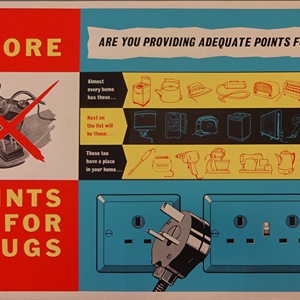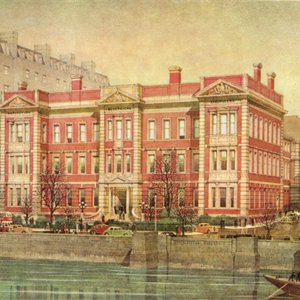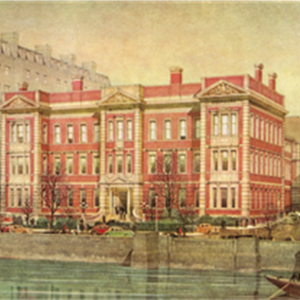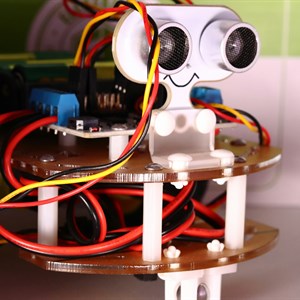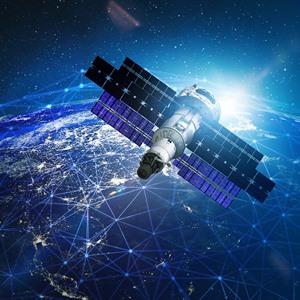A 'day in the life' of a neurodivergent engineer: Helen's Journey
It’s Neurodiversity Celebration Week, and on Tuesday we invited you to join Gavin as he led us through his day as an engineer with ADHD and autism . Today, we’re delighted to be following Helen through hers as an engineer with dyslexia and ADHD. Meet Helen Helen is a Weights Engineer with BAE Systems, which means her role is to monitor all weight throughout the design stage of ships. Her aim is to keep each ship under a certain weight and monitor how the weight is distributed. She has kindly offered to bring us with her for a day to share what it’s like, and why it works well for her. Over to you, Helen! Mornings I should preface this with that fact that there is no real ‘typical’ day in engineering – everyday is different, which is part of the fun! However, today starts with…




